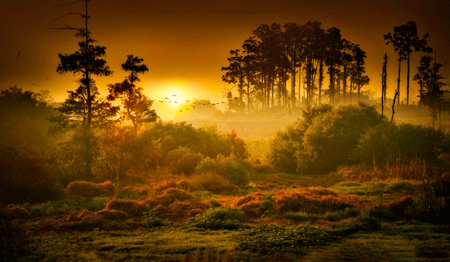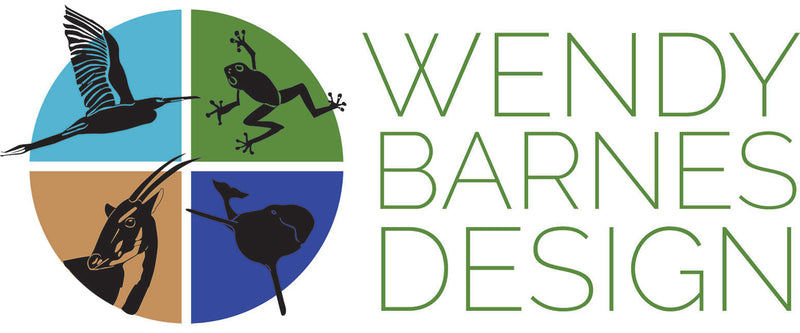Because there are species that have no data! None! Zip!

When I first realized that many species of animals have no one studying them and very little or no data on them, I was shocked. I compare it in my mind to the eerie and terrifying realization that there is no such thing as ‘throw away’ regarding ‘garbage.’ So many things happen behind the scenes that we are not understanding or recognizing the full story on. We need to pay attention to how we treat our waste because everything we throw away has a consequence, positive (compost, upcycling, etc.) or negative (almost everything.) Recycling is an entire conversation in itself- yes, it is good to recycle but not to overconsume- just because we are recycling bazillions of plastic bottles does not make it OK to grab that single-use plastic bottle…this action is missing the point. Not to mention the challenges recycling is facing now- recycling is only as good as the end-product that is developed from the process.
Perhaps I am alone, but I assumed that every species of at least plants and animals were studied- done before, ready for the remake, the debunk, the rewrite. Naturalists like Charles Darwin were documenting species several hundred years ago- I imagined the library as being complete now after hundreds of years of studies- like that beautiful global seed vault in Norway. This is far from the reality. Which is very inspiring, exciting and magical in my optimistic mind- every child interested in biology, zoology, conservation and botany can adopt a species to master. There is so much to learn right here on earth.

Yes, I can easily accept and wrap my head around that we know relatively very little about the universe, distant stars and galaxies because we physically cannot reach them yet. But what about all of the unknown, unstudied species of our world? The current figures from a quick internet search say roughly two-thirds of our planet’s species are undiscovered. Undiscovered! Of the ones that ARE discovered, many have no data. If we have no understanding of these species on their own and how they act, we certainly have no understanding of how they interact and beyond.
Are we so self-absorbed as a race that we only want to study things that we believe directly affect humans? I would go out on a limb and say not. I would say that many children, students and anyone searching for their path do not realize the blank canvas of fascinating subject matter that abounds. Whether in the form of professional studies or a life-long hobby, imagine what could be discovered and understood!

I live in Brevard County, Florida and we are lucky to have one of the largest sea turtle populations in the world nesting here, a 10-minute drive from my house. One of my best friends is a sea turtle biologist and is extremely knowledgeable in the fields of sea turtle research and conservation. So many questions I have asked her over the years result in a response of "we don't know."
This is fascinating to me. My business model and purpose centers around raising awareness and support for wildlife conservation organizations worldwide. I love supporting my wildlife partners because they are all treading in new science, new discoveries, new ideas and have the possibility of shedding new light on things we take for granted.
I was invited to a dinner a few years ago with Julian Fennessy, the Co-Director and Co-Founder of one of wildlife partners, Giraffe Conservation Foundation. In amazement, I sat, listened and comprehended that this guy is THE guy. Dr. Fennessy, his family and a small team are in Africa, right now, 100% focused on saving our world's giraffe population. Mic drop.

Please take some time today to inspire a child with the magic of the unknown right here on earth or to learn more about what any one of my wildlife partners is pioneering for all of us right now. Become inspired yourself to master a species that has not been studied before!
When we have a better level of understanding, we will have a higher level of respect and more consideration for our human actions on this planet and what we ‘throw away.’
Wendy Barnes Design connects wildlife conservation causes to everyday lifestyle choices through animal prints resulting in awareness and action. Join the newsletter and meet the partners you can support through every purchase and more at www.wendybarnesdesign.com

Comments on this post (1)
Hi Wendy,
Great article! I just discovered your blog, count me as a fan! I know what you mean about not being able to understand that we don’t know what is going on with everything on the planet. I’m a retired biology teacher and do presentations to groups, garden clubs, church groups, bird clubs, etc. to tell them how important it is to plant native plants if they want to continue to see birds. At one point I face blank faces because I tell them about the insect apocalypse, but only have what looks like random statistics of various species, from scattered places that look like isolated instances to my audience. It does not look convincing to them, but I don’t have stats on everything they ask about because no one is doing research on it because there is no money in it and scientists have to eat too. The main idea of the presentation is that the bird population is directly controlled by the insect population, primarily butterflies and moths. 96% of birds feed insects, mainly caterpillars, to their babies. So when we spray insecticides to kill caterpillars and other bugs we are killing baby bird food. We have to learn to live with a few holes in our leaves.
— Margaret Molyson